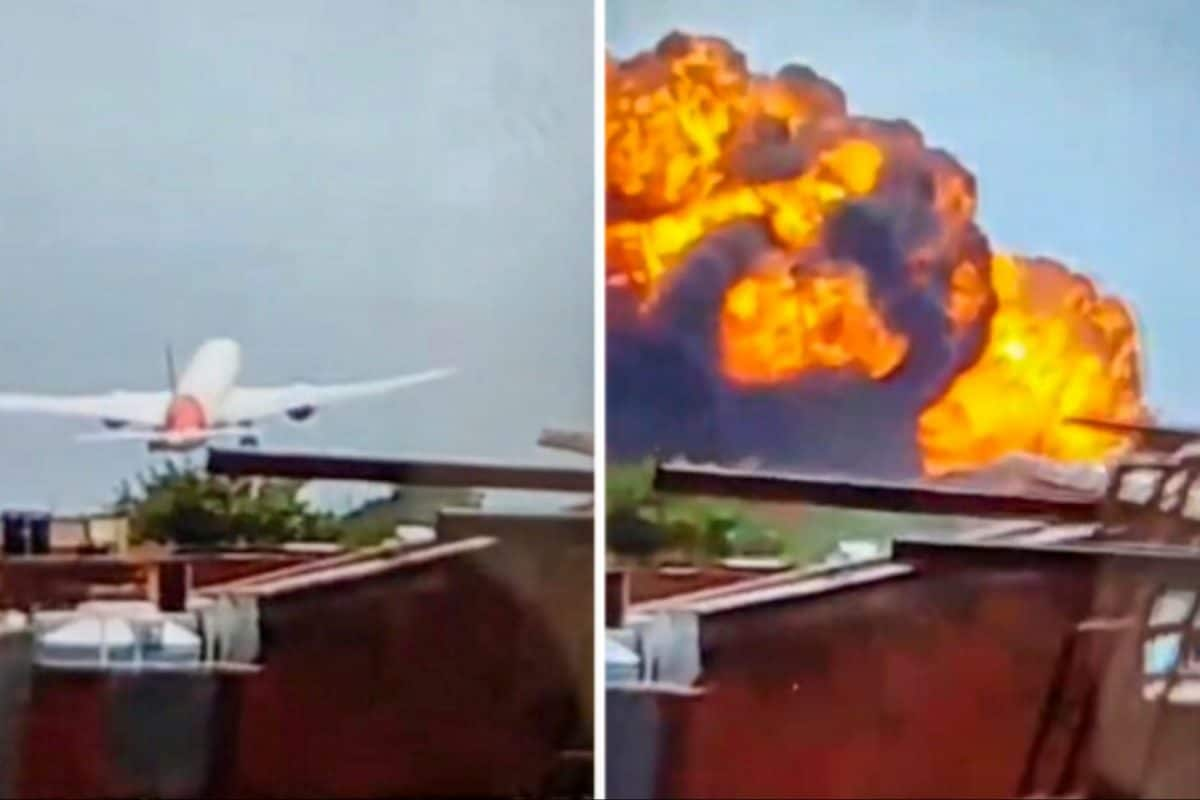

A recent report in the Wall Street Journal suggests a senior pilot may have intentionally cut fuel flow to the engines of the Air India flight 171 that crashed in Ahmedabad last month, killing 260 people. The report cites individuals familiar with the preliminary assessment of evidence gathered by U.S. officials investigating the June 12 crash.
The article states that cockpit recordings indicate that shortly after takeoff, the first officer asked the captain why he moved the fuel switches to the "cutoff" position. The preliminary report released by India's Aircraft Accident Investigation Bureau (AAIB) confirms that the fuel switches moved from "run" to "cutoff" within one second of each other just after takeoff, but it did not specify how they were flipped. The report also notes that one pilot was heard asking the other about cutting off the fuel, to which the other pilot denied doing so.
The movement of fuel control switches allows and cuts fuel flow to the plane's engines. With the fuel supply cut off, the London-bound Boeing 787 Dreamliner began to lose thrust and altitude. Closed-circuit television footage reportedly showed the deployment of a ram air turbine (RAT), a backup energy source, almost immediately after takeoff, indicating a loss of power from the engines. At the crash site, both fuel switches were found in the "run" position. According to the report, the switches were flipped back into the run position, but the plane could not gain power quickly enough to stop its descent after the aircraft had begun to lose altitude.
The Air India flight, which crashed 32 seconds after takeoff, was carrying 230 passengers (169 Indians, 53 British, seven Portuguese, and one Canadian) and 12 crew members. The preliminary report indicates that the flight lasted approximately 30 seconds between takeoff and the crash.
Following the release of the preliminary report, India's Directorate General of Civil Aviation (DGCA) ordered airlines operating Boeing 787 Dreamliners and certain Boeing 737 variants to inspect their fuel control switches. Airlines were required to complete the inspections and submit their findings to the regulator by July 21. The AAIB report also referenced a 2018 advisory from the U.S. Federal Aviation Administration (FAA) recommending airlines operating Boeing models to inspect the locking feature of fuel cutoff switches. The report mentioned that Air India did not carry out inspections recommended in the 2018 FAA advisory on fuel control switch safety, as the bulletin was classified as "non-mandatory".
While the preliminary report did not offer any conclusions about the cause of the crash, some aviation experts in India have speculated that human error was the cause. However, at least two commercial pilots' associations have rejected such claims. The Airlines Pilots Association of India has stated that the investigation appears to be biased against the pilot and has reached a conclusion hastily.